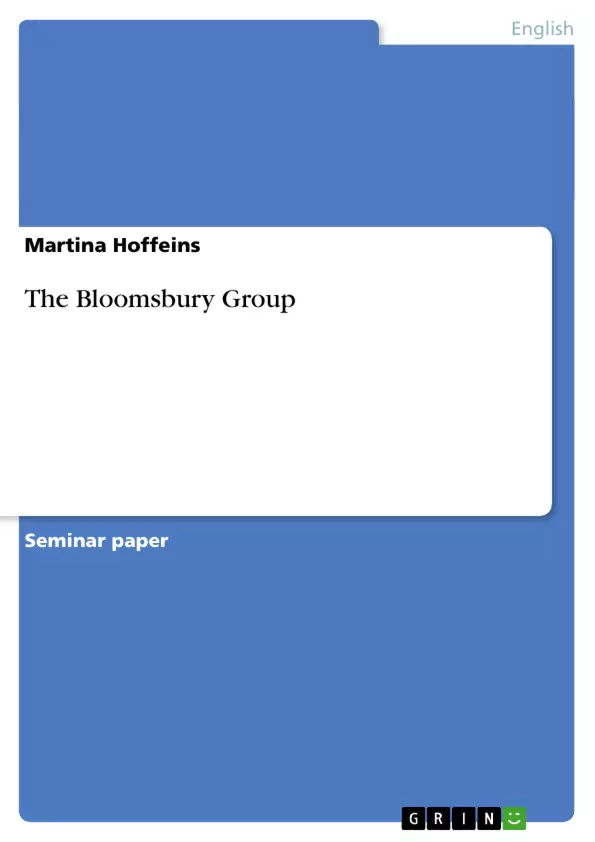Bloomsbury Group:
members Virginia and Leonard Woolf, Vanessa and Clive Bell, Duncan Grant, Roger Fry, Lytton Strachey and John Maynard Keyes.
Table of Contents
- Introduction
- The Bloomsbury Group
- Conclusion
Objectives and Key Themes
This work aims to provide a brief overview of the Bloomsbury Group, a loose collection of writers, artists, and intellectuals who emerged in early 20th century London. The study examines the group’s origins, key members, influential ideas, and impact on British culture.
- The origins and evolution of the Bloomsbury Group
- Key members and their contributions in various fields
- The group’s influence on modernism in literature, art, and economics
- The group’s unique social and sexual dynamics in a conservative era
- The legacy and lasting impact of the Bloomsbury Group on British culture.
Chapter Summaries
Introduction: This chapter introduces the Bloomsbury Group as a diverse collective of individuals united by their shared intellectual curiosity and pursuit of progressive ideas. It highlights the group’s origins in the Bloomsbury district of London and its enduring presence until World War II.
The Bloomsbury Group: This chapter delves into the core members of the group, their backgrounds, and their intellectual influences. It explores their shared rejection of Victorian conventions and their embrace of modernist ideals in art, literature, and social thought. It also discusses the group’s contributions in various fields, including economics, art criticism, literature, and interior design.
Keywords
Key terms and concepts associated with the Bloomsbury Group include modernism, intellectualism, progressive thought, art criticism, literary innovation, economic theory, social reform, sexual liberation, and the impact of the Victorian era.
- Arbeit zitieren
- Martina Hoffeins (Autor:in), 2005, The Bloomsbury Group, München, GRIN Verlag, https://www.grin.com/document/81461



